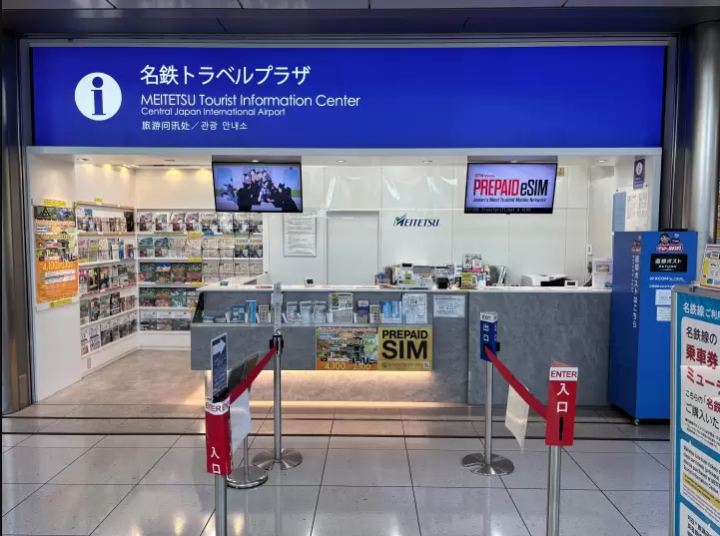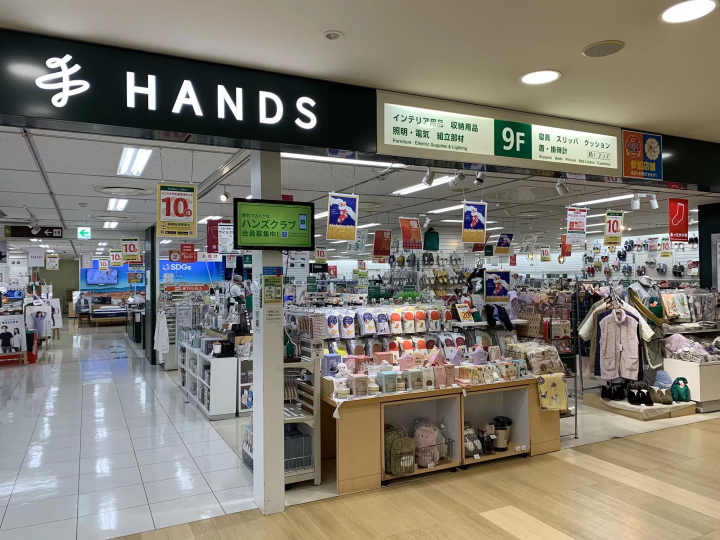Trip in Japan: Tips for Solo and Family Travel, Hiking, and More

Learn how to plan a trip to Japan with tips for solo or family travel based on interests like hiking, walking, cycling, train travel, and driving.
Tips for Planning a Trip in Japan
Where to Start
Step 1. Create a Basic Itinerary
Step 2. Book Your Flight
Step 3. Decide Trip Details
Step 4. Book Your Hotels
Step 5. Book eSIM or a Pocket WiFi
Budgeting Tips: How Much Money Do You Need?
Tips for a Solo Trip in Japan
Tips for a Family Trip to Japan
Tips for Walking and Hiking Trips in Japan
Tips for a Cycling Trip in Japan
Tips for a Road Trip in Japan
Train Trips in Japan
Planning a Trip to Japan: Where to Start
When planning a trip to Japan, start by considering the places you want to visit or specific experiences you want to have.
For example, if you want to visit the teamLab Borderless museum in Tokyo, see the deer in Nara Park, and explore a particular temple in Kyoto, you should consider splitting your trip into "days in Tokyo" and "days in Kyoto and Nara."
Additionally, if your main interest is seasonal, such as viewing cherry blossoms in Kyoto, aim for early April, which is the best time to see them.
Regarding seasons, we recommend avoiding the summer months (July to August), as the scorching heat in Japan’s major cities can make daytime explorations uncomfortable. If you do visit during the summer, consider going to Hokkaido, where the temperatures are more bearable.
Step1. Create a Basic Itinerary: How Long to Spend in Tokyo, Kyoto, and Osaka?
Once you determine your "must-see" locations, you'll have a clearer idea of the areas you want to visit.
Kyoto, Osaka, and Nara are located close to each other and can be reached within one hour from one another. In contrast, Tokyo is situated in eastern Japan, approximately 455 km away from Kyoto.
We recommend spending at least 4 to 5 days in Tokyo, 3 days in Kyoto, and 2 to 3 days in Osaka. Major attractions in cities like Nara and Hiroshima can typically be explored in one or two days.
Step 2. Book Your Flight: How Far in Advance to Book a Trip to Japan?
We recommend researching flights about 5 to 6 months in advance to find good deals.
Booking your flight at least 3 to 4 months in advance allows you ample time to finalize the details of your itinerary.
Step 3. Decide Trip Details But Don't Cram Your Itinerary
We recommend creating a flexible itinerary that includes one main activity before noon and another attraction or activity in the afternoon.
This approach gives you the freedom to add spontaneous nearby activities and discover new experiences along the way.
Step 4. Book Your Hotels and Consider Luggage Storage Solutions
If you plan to spend part of your trip in Tokyo and the other part in cities like Kyoto and Osaka but return to Tokyo for your departure, you may face the challenge of where to store your large luggage while traveling in Kyoto and Osaka.
Consider using a service like ecbo cloak, which allows you to safely store your luggage in Tokyo while you explore other destinations. MATCHA's office is one of the locations where you can leave your luggage through ecbo cloak.
Step 5. Book eSIM or a Pocket WiFi to Stay Connected
Secure your internet connection at least a week before your flight to Japan.
Solo travelers or couples will find that an eSIM service on their phones works well for their needs.
Use the MATCHA eSIM for reliable and cost-effective connectivity in Japan. Popular plans include the Fixed Data 10GB for 30 Days (10.60 USD) and the Unlimited Data for 7 Days (17.70 USD).
However, if you are traveling with family or a group of friends, using a pocket Wi-Fi device can be more convenient, as it allows multiple devices to connect at once. Consider the options featured in the articles below.
Read also
Budgeting Tips: How Much Money Do You Need?
The amount of money a traveler needs per day in Japan can vary significantly based on personal preferences, travel style, and activities planned. Here’s a general breakdown for a mid-range trip, that is neither luxury nor the cheapest:
- Accommodation at mid-range hotels: 12,000 yen to 15,000 yen per night
- Food and restaurant meals: 5,000 yen to 7,000 yen/day
- Transportation using regular trains and buses: 3,000 yen to 4,000 yen
- Entrance fees for popular attractions: 2,000 yen to 3,000 yen
- Shopping and other daily costs: Approx. 10,000 to 15,000 yen
A round trip by Shinkansen from Tokyo to Kyoto or Osaka costs approximately 30,000 yen. A Japan Rail Pass for 7 days is priced at around 50,000 yen. Therefore, unless you plan to travel extensively between various regions in Japan, you may find that you can manage without the rail pass.
Overall, an adult should budget between 40,000 yen and 50,000 yen per day (265 - 330 USD) while traveling in Japan. For children, accommodation, transportation, and admission fees are typically about half the price charged to adults.
Tips for a Solo Trip in Japan
Our primary advice for solo travelers is to stay in populated areas and avoid venturing alone into the woods or other isolated regions. If you plan to go hiking, consider joining a guided tour or staying close to other groups of hikers.
As for the urban areas, Japan is known for being a very safe country, but always stay aware of your surroundings. Choose reputable hotels (minimum 3 stars), hostels, or ryokans in safe neighborhoods.
If you choose to enjoy nightlife, drink in moderation. Always keep an eye on your drinks and never accept drinks from strangers unless you trust them completely.
Staying connected will help with navigation, communication, and accessing information. Download maps or translation apps for easier travel. It might be a good idea to familiarize yourself with local emergency numbers (such as 110 for police, 119 for fire and ambulance) and keep the contact information for your country’s embassy or consulate handy.
Tips for a Family Trip to Japan
When traveling with children, try to avoid crowded areas in major cities, such as Shinjuku and Shibuya in Tokyo or Umeda in Osaka. Navigating these crowded places can be stressful, as there is a risk of losing sight of your child.
Please refer to the articles below for hotel recommendations for families in Japan’s major cities.
Read also
Another aspect to be cautious about is dining. While sushi and kaisendon (rice topped with raw seafood) may look colorful and appealing, your child might find it difficult to enjoy raw seafood.
Instead of choosing restaurants that specialize in specific types of Japanese cuisine, we recommend opting for family restaurants. Chains like Denny's, Ootoya, and Jonathan's offer a wide variety of dishes, making it easier for everyone to find something they like.
Family restaurants are also more likely to provide utensils like spoons and forks, which specialized Japanese restaurants may not have available.
Read also
Tips for Walking and Hiking Trips in Japan
Our main recommendation for those looking to hike in Japan or explore on foot is to avoid the summer months of July and August when the heat outside can become unbearable, even in mountainous areas.
June is also less desirable due to the rainy season on the main island of Honshu, where major destinations like Tokyo and Kyoto/Osaka are located.
The ideal times for outdoor activities, including hiking and walking tours, are April-May and the autumn months of October-November.
For destinations, consider exploring Japan's national parks or renowned hiking spots like Kamikochi.
Popular hiking destinations in Tokyo include Mount Mitake and Mount Takao. In Kyoto, you can hike Mount Kurama, taking a scenic trail from Kifune Shrine to Kuramadera Temple. Near Osaka, the area surrounding Minoo Waterfall offers a wonderful opportunity for a day outdoors.
If you are traveling solo, remember to join a guided tour or stay with other groups of hikers, and avoid venturing alone into the woods. Japan's mountainous areas are home to bears and other wildlife, making it important to minimize your risk of close encounters.
Read also
Tips for a Cycling Trip in Japan
Among Japan's renowned cycling routes is the Shimanami Kaido, which connects Okayama to Ehime in Shikoku via an island-hopping route in the Setouchi Inland Sea.
Closer to Tokyo is the Tsukuba Kasumigaura Ring Ring Road, a 180-km cycling route that circles Lake Kasumigaura, the second largest lake in Japan, extending to the foothills of Mount Tsukuba.
The best months for a cycling trip in Japan are April and May, when temperatures are mild and rainfall is minimal. October and November also provide pleasant weather, making them ideal for cycling.
Routes like the ones mentioned above feature rest stations that offer bicycle rentals and various services for cyclists, including showers and dining options.
Read also
Tips for a Road Trip in Japan
If you plan to enjoy a road trip in Japan, check the articles linked below for tips on renting cars and campervans.
We recommend booking your vehicle several months in advance if you intend to travel in spring (March and April typically see high demand for rental cars due to graduation trips), during Golden Week, which spans from April 29 to May 6, or during Obon (mid-August). These are times when highways tend to become crowded, as many Japanese people travel domestically or return to their hometowns.
One of the most exciting aspects of road trips in Japan is exploring the roadside stations, known as Michi no Eki. These facilities usually feature shops offering local products, as well as restrooms and other services for drivers.
Read also
Train Trips in Japan
If you love traveling by train and dream of a railway journey in Japan, consider riding some of the country’s famous sightseeing trains. These luxurious trains feature dining seats and travel through scenic areas, providing passengers with the opportunity to experience premium local cuisine.
Read also
If you plan to travel extensively by train, you might want to consider using a Japan Rail Pass (available for 7, 14, or 21 days) or a regional rail pass, such as the JR-EAST Pass, which is ideal for exploring the Nagano-Niigata area or the Tohoku region north of Tokyo. The JR Kyushu Rail Pass is also a great option for cost-efficient travel between cities like Fukuoka, Oita, Kumamoto, Nagasaki, and others in Kyushu.
Please note that Japan Rail Passes can only be used on JR lines. There are many private railways in both eastern and western Japan that offer their own versions of rail passes. Additionally, sightseeing trains typically require a separate fee that is not covered by travel passes like the JR Pass.
Read also
Enjoy Your Trip to Japan
We hope that the tips and resources compiled above help you get started on planning your trip to Japan. Remember to keep your itinerary flexible and make sure to book your hotels and transportation in advance. Enjoy your travels!
Read also
Main image by Pixta
Ramona, English content editor at MATCHA since 2016, has been practicing ikebana flower arrangement (Ikenobo School) and tea ceremony (Omote Senke) since 2012. She arrived in Japan in 2012 as a graduate student with a focus on Japanese literature and performing arts. As a travel editor and writer, Ramona has visited and documented 40 of Japan's prefectures with a focus on art, history, traditional Japanese crafts, and performing arts.











































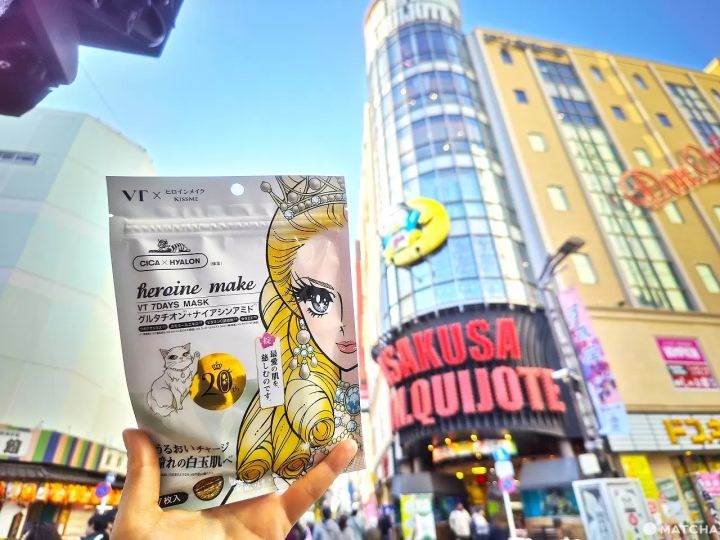

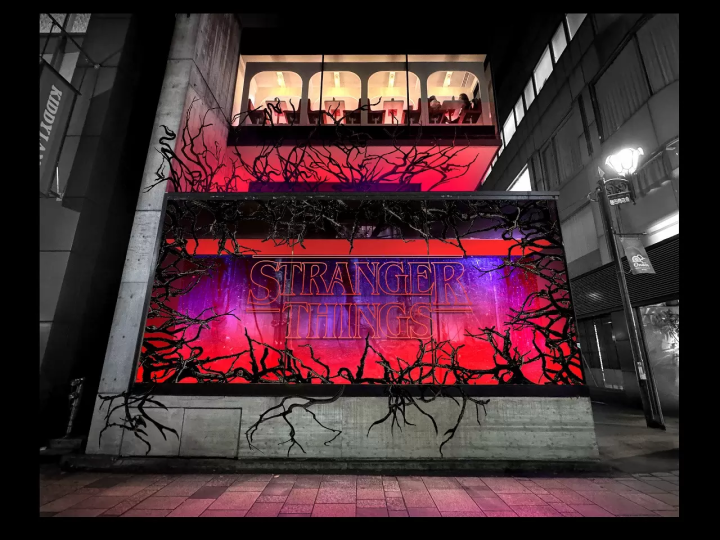
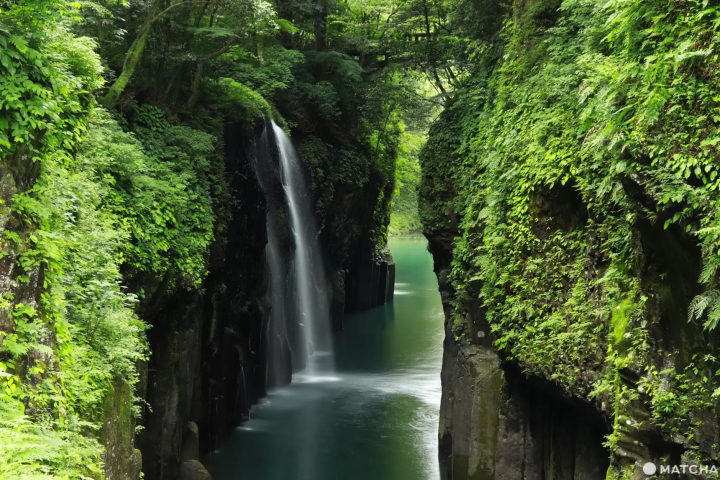




![[Wakayama Sign] Plums and plum wine](https://resources.matcha-jp.com/resize/720x2000/2025/12/08-252248.webp)
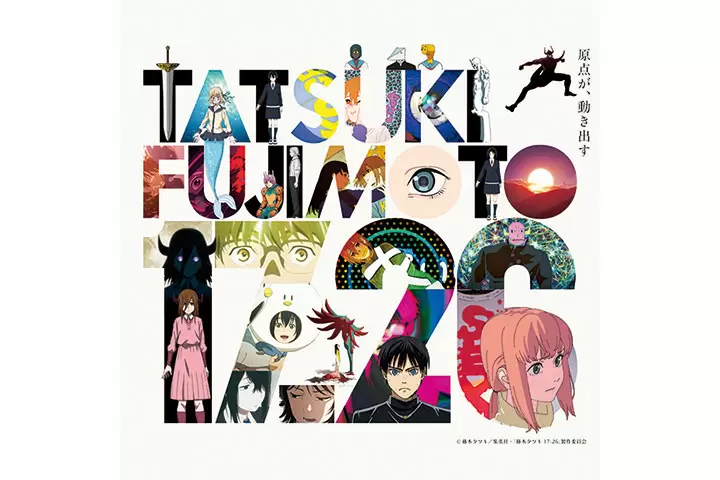
![[2025 Update] Introducing free Wi-Fi spots in Tokoname City , Aichi Prefecture](https://resources.matcha-jp.com/resize/720x2000/2025/12/16-253074.webp)
